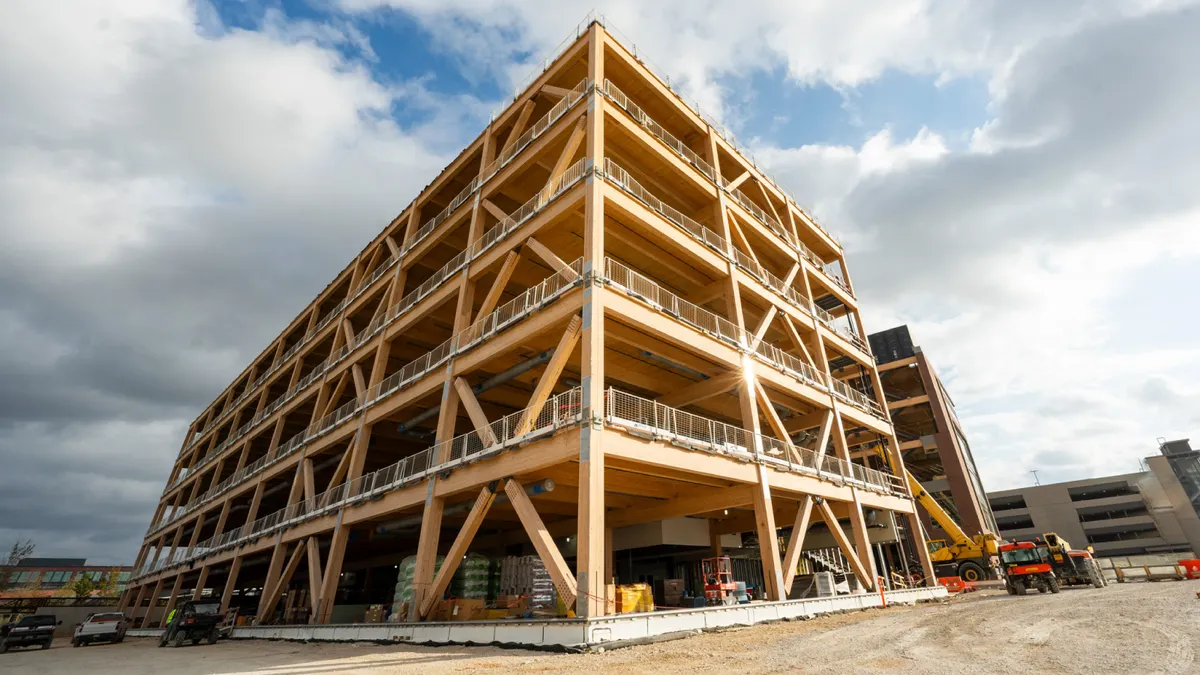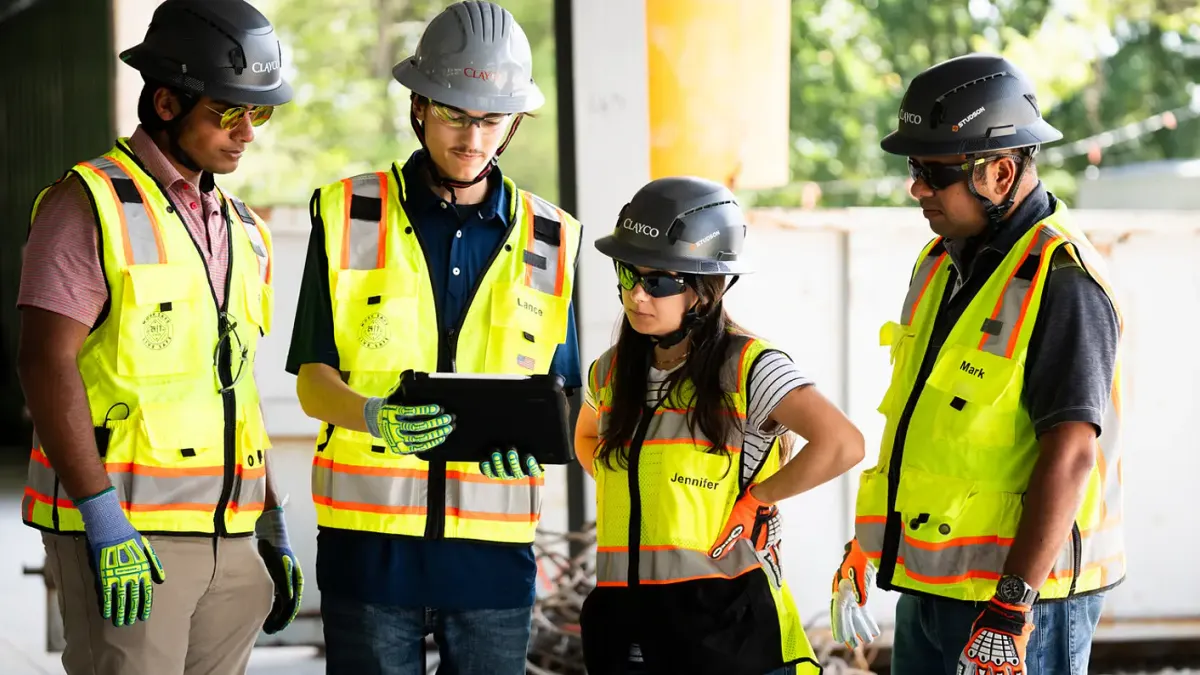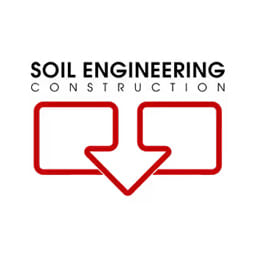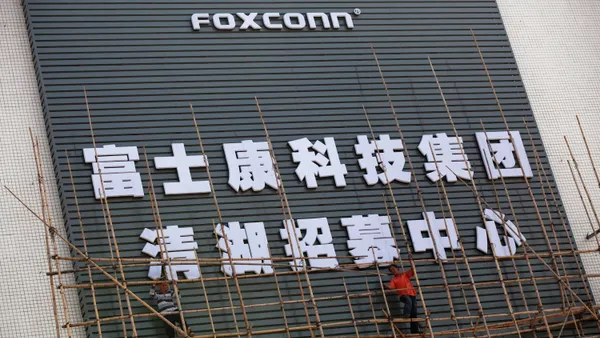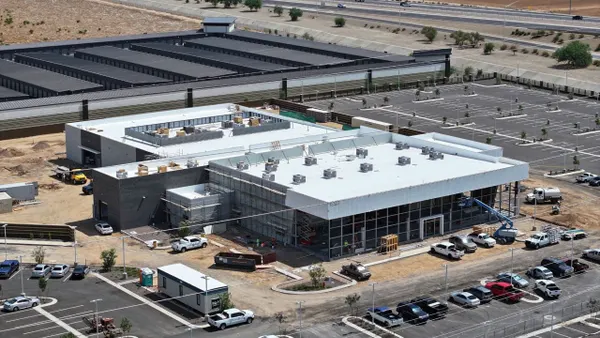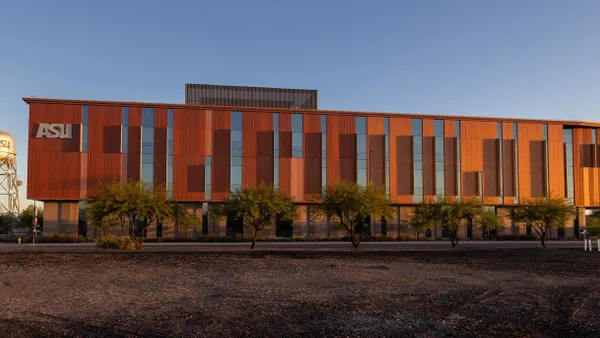Mass timber is having a moment.
In September, the number of multifamily, commercial or institutional mass timber projects that were in progress or built had increased by more than five fold from seven years ago, according to WoodWorks, a nonprofit that supports contractors on mass timber builds.
With that demand comes a question: Amid an ongoing skilled labor crunch, who can contractors tap to build these projects?
Ironworkers think they have the answer.
“We look at mass timber, there's nobody better suited to establish the hoisting, placement and overall job flow of a structural project as an ironworker,” said Coby Foust, a fourth-generation ironworker and president of Foust Fab & Erectors, a steel erection firm located in Colville, Washington.
Steel experience translates
Skills that bridge both materials mean ironworkers are in a sweet spot to engage with mass timber, said Eric Dean, general president of the International Association of Bridge, Structural, Ornamental and Reinforcing Iron Workers.
“We have that heavy rigging skill set to be able to assemble any kind of skeleton framing for a building,” Dean told Construction Dive.
Foust, whose company is no stranger to mass timber projects, echoed the sentiment. His team helped erect Walmart’s corporate headquarters in Bentonville, Arkansas. The 1-million-square-foot structure features 21,000 cubic meters of cross laminated timber and glulam.
He acknowledged, however, that there are some differences between the two materials that ironworkers should know about before they take on mass timber jobs.
“Mass timber, I kind of joke about it with the guys, has feelings. It's an architectural finished product,” Foust said. “If a worker hits the mass timber too hard, that could leave a dent that would require repairs down the road. Structural steel can take more of a beating.”
Gearing up for more
Ironworkers expect that demand is going to grow for their services in the mass timber sector. With that, they’re gearing up to learn more about using the material.
Thirty-five Iron Workers locals now train with mockups, or facsimiles, of mass timber projects, according to a Sept. 29 news release sent to Construction Dive. Foust Fab & Erectors offers a similar range of hybrid mockups of their own.
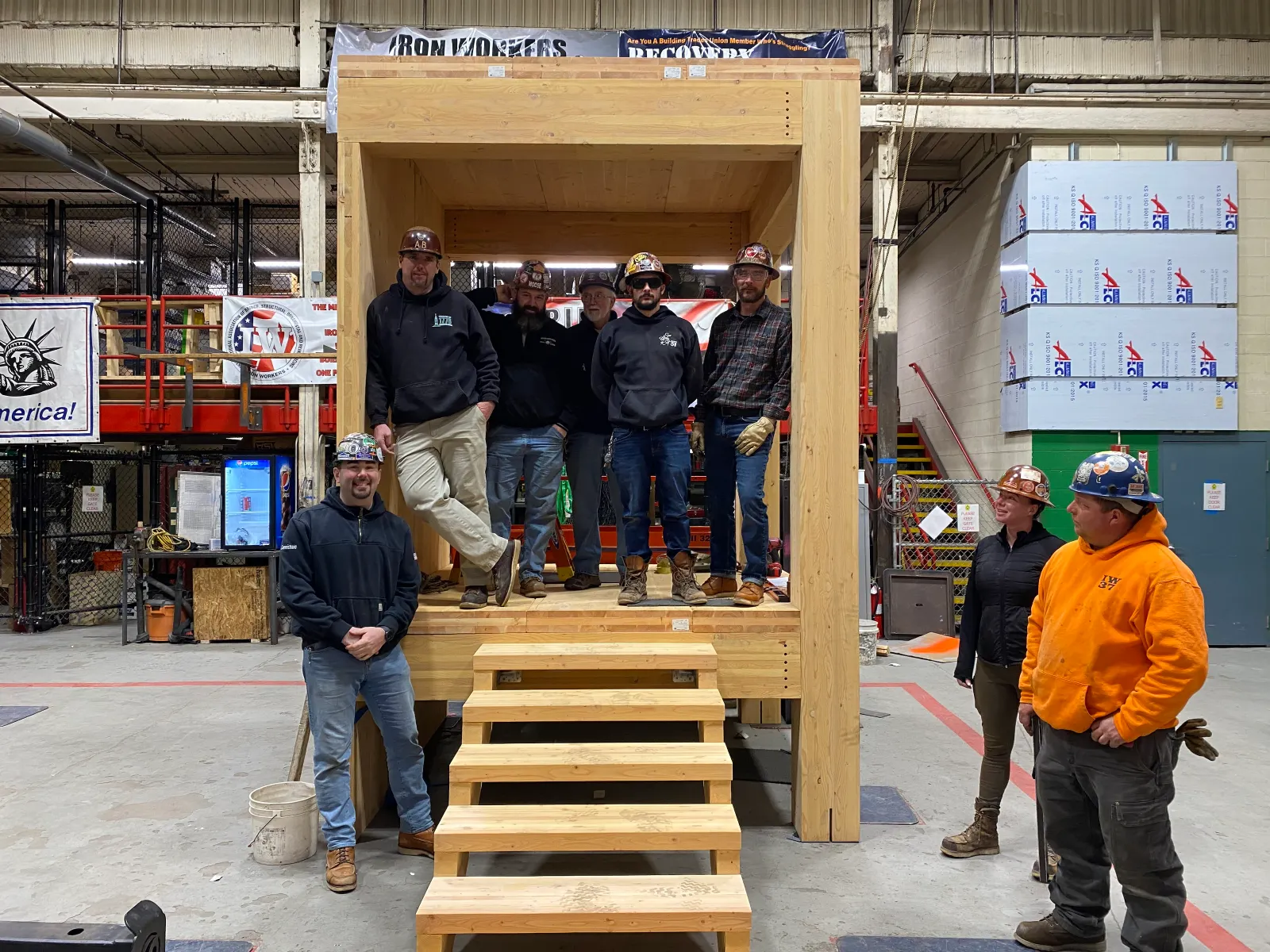
Chapters have used drawings provided by WoodWorks and materials from manufacturer Vaagen Timbers to erect 12-foot-tall structures, according to Jason Rafter, an ironworker training specialist. Some of these locals share these mockups with other locations.
The training and mockups help ironworkers get a jump start with the material during their apprenticeships, according to the news release.
Joining forces
But that’s not to say that ironworkers alone are the key to success — crews that blend both skill sets are also important to the overall effort, said Tom Baun, ironworker mass timber consultant and president of 3 Tree Consulting.
With a hybrid crew, Baun said, trades can all come together, where carpenters, electricians and ironworkers can focus on their own respective skill sets. For ironworkers, that's erecting the project’s structures.
In a recent example of blending crafts to achieve mass timber success, McCarthy Building Cos. delivered the Brookhaven City Centre project in Brookhaven, Georgia. The 58,250-square-foot city hall succeeded on the heels of steel and mass timber crews working together to find the best approach to erect the mass timber facility to strong results.
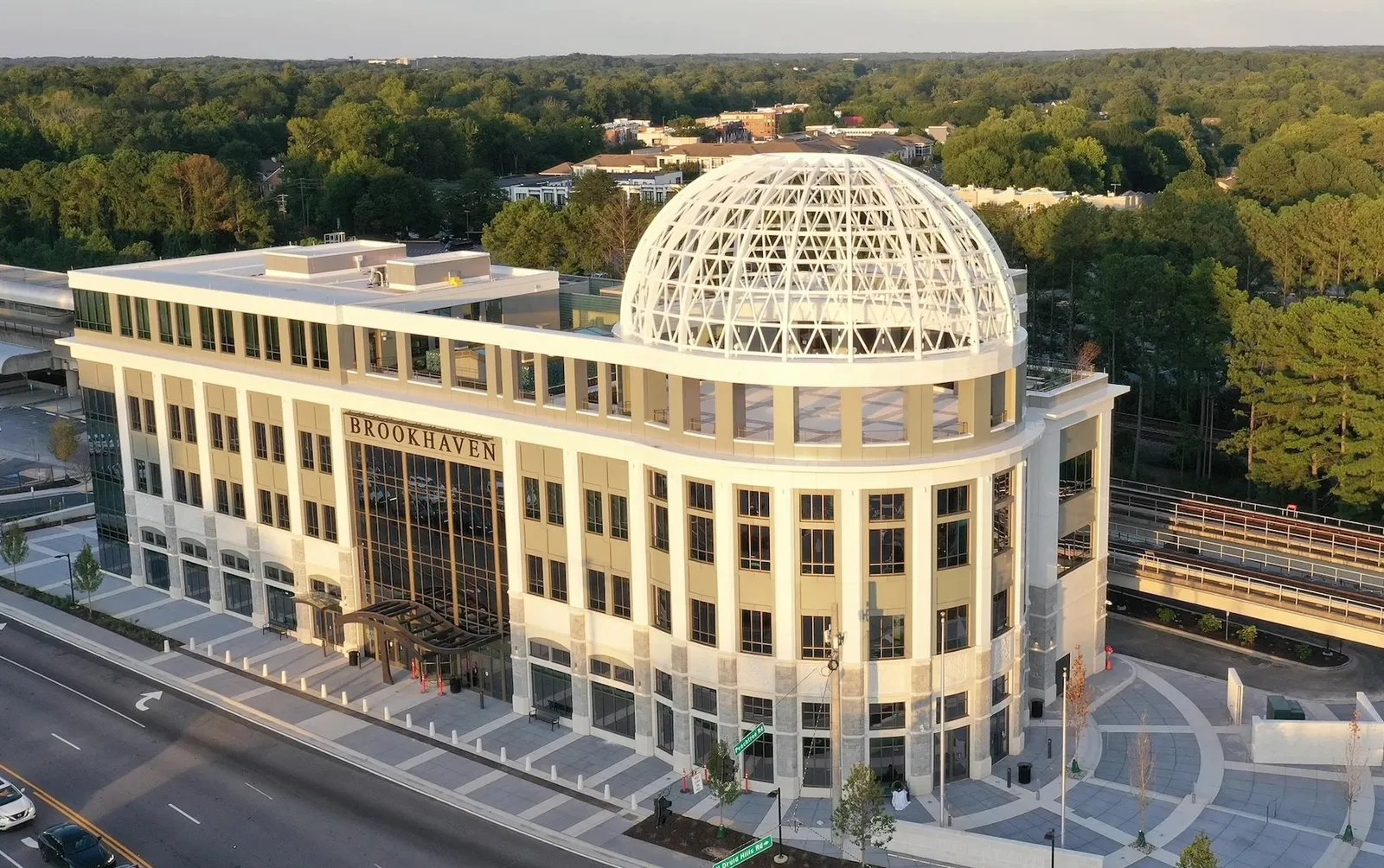
Carter Schmid, senior project manager for St. Louis-based McCarthy, told Construction Dive via email that the ironworkers and the carpenters excelled in their own respective crafts. Ironworkers saw their skills with structure and connection details translate, and carpenters benefitted from their background in precise layout and installation.
“By combining those skill sets, we weren’t approaching the work from a single point of view. The teams collaborated closely to find the most efficient and precise ways to handle and install each mass timber element,” Schmid said. “In the end, that mix of disciplines created a stronger, more well-rounded crew and led to a smoother, higher-quality installation process than we would have achieved with just one trade alone.”
Baun echoed the point and the importance of collaborative crews.
“A composite crew is the best approach, and structural members should be the ironworkers, because that's what they do, and they've been doing it for decades,” Baun said.



